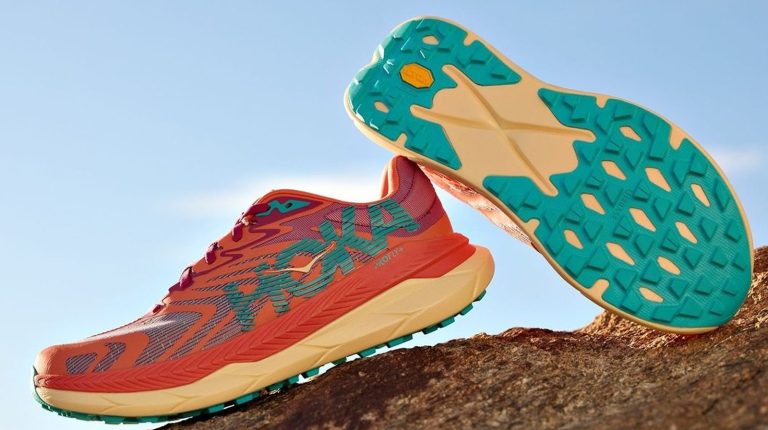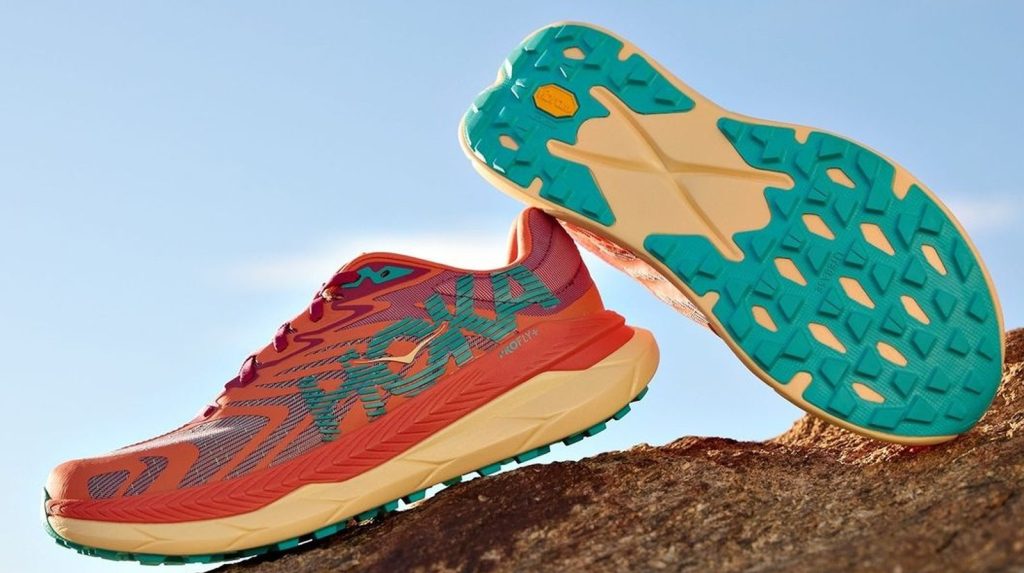
Hokas may hurt feet due to inadequate cushioning and incorrect sizing. However, understanding the reasons behind this discomfort can help address the issue and find a solution.
Whether you are an avid runner, hiker, or simply looking for comfortable footwear, understanding the potential cause of foot pain is essential. Hokas, known for their maximalist cushioning, are designed to provide superior shock absorption and comfort. However, if the shoes are not properly fitted or lack the necessary support for your specific foot type, they can cause discomfort and pain.
By wearing the appropriate size and selecting the right model for your activity, you can enjoy the benefits of Hokas without experiencing foot pain.
|
Serial |
Relevant Topics to know |
|
1 |
|
|
2 |
|
|
3 |
The Hokas: When Can They Hurt?
The allure of Hokas lies in their unparalleled cushioning and comfort. These popular running shoes have gained a devoted following for their ability to absorb impact and reduce fatigue. However, it may come as a surprise that some individuals experience foot pain when wearing Hokas. This unexpected truth can be attributed to various factors.

Firstly, it’s important to acknowledge that everyone’s feet are different. While Hokas may work wonders for some, they may not provide the ideal fit and support for others. Ill-fitting shoes can lead to discomfort and pain, especially if they do not cater to the unique shape of your feet.
Additionally, the extreme cushioning that Hokas offer might not be suitable for certain individuals. Some runners may prefer a more minimalist shoe with little to no cushioning, as it allows for a more natural running experience. The abundant cushioning in Hokas can alter your gait and put strain on different areas of your feet.
Understanding why Hokas may hurt your feet is crucial for finding the right running shoes that cater to your unique needs. Consider consulting with a professional shoe fitter or podiatrist to determine the ideal footwear for your feet.
How Hokas Impact Foot Mechanics
The unique design and technology behind Hokas can have an impact on foot mechanics, potentially leading to discomfort and pain. The thick cushioning in Hokas alters foot strike and gait, which can result in discomfort for some individuals.
When wearing Hokas, the thick midsole can cause the foot to land differently than with traditional running shoes. This altered foot strike can put extra stress on certain areas of the foot, potentially leading to discomfort, blisters, or even injuries.
In addition, the cushioning technology in Hokas affects the biomechanics of the foot. The thick midsole can change the positioning of the foot during the gait cycle, potentially causing strain on certain muscles and joints. This can result in discomfort or pain, especially for individuals with pre-existing foot or gait issues.
It’s important to remember that not all individuals will experience discomfort when wearing Hokas. Every foot is different, and what works for one person may not work for another. It’s always a good idea to consult with a podiatrist or footwear specialist if you are experiencing discomfort when wearing Hokas or any other type of footwear.
Cushioning Vs. Support: Finding The Balance In Hokas
When it comes to finding the perfect balance in Hokas, understanding the role of cushioning and support is crucial. Cushioning plays a significant role in foot comfort, providing a soft and responsive feel with each step. It helps to absorb impact and reduce pressure on the feet, enhancing overall comfort during long runs or walks.
However, it’s equally important to consider the need for proper support. Support in Hokas ensures foot stability, especially for individuals with overpronation or flat feet. It helps to align the feet and ankles, reducing the risk of injuries and providing a stable base for a smooth stride.
By finding the right balance between cushioning and support, you can maximize the comfort and performance of your Hokas. It’s essential to choose the right Hoka model that offers the ideal combination of cushioning and support, catering to your specific foot biomechanics and needs.
Finding The Right HOKA: Size And Style
If you’re wondering why your Hokas hurt your feet, the fit of the shoes could be a major factor. It’s crucial to find the right size and style to avoid discomfort. One common myth is the claim that Hokas are a one-size-fits-all solution. However, this isn’t true for everyone. When selecting Hokas, there are several factors to consider.
1. The Proper Size: Ensure that you choose the correct size according to your foot measurements. Take into account both length and width to find the best fit.
2. The Specific Style: Different Hoka models have specific features and designs. Research and read reviews to find the style that suits your foot shape and running preferences.
3. Arch Support and Cushioning: Pay attention to the level of arch support and cushioning in the shoes. Some models might have more or less support based on the intended use.
4. Pronation and Stability: Consider your pronation pattern and stability needs. There are Hokas available for neutral runners, overpronators, and underpronators.
5. Flexibility and Toe Box Comfort: Evaluate the flexibility of the shoe and whether the toe box offers enough room for your toes to move comfortably.
6. Insole and Customization: Some Hokas come with removable insoles that allow for customization to address individual foot needs. Check if this feature is available for a better fit.

Unveiling The HOKA Solutions: Recommendations For Happy Feet
Are your feet hurting when you wear Hokas? Don’t worry, we’ve got you covered with some solutions to make your feet happy again. Here are a few tips for wearing and breaking in Hokas:
- Start gradually: It’s important not to overdo it when you first start wearing Hokas. Begin by wearing them for short periods and gradually increase the duration to let your feet adjust.
- Proper sizing: Ensure you have the right size of Hokas. Ill-fitting shoes can cause discomfort and foot pain.
- Lace adjustment: Experiment with different lacing techniques to find the right fit for your feet. This can help alleviate pressure points and discomfort.
- Consider orthotics: If you still experience foot pain, consult a podiatrist or sports specialist who can recommend customized orthotic inserts to provide additional support.
Exploring alternative options for foot pain relief is also a good idea. These can include stretching exercises, icing, using arch supports or heel cups, and regularly massaging your feet. Remember, everyone’s feet are different, and what works for someone else may not work for you. Be patient, listen to your feet, and make adjustments as needed.
Q and A: Why Do Hokas Hurt My Feet?
Why Do Hoka Hurts My Feet?
Hokas may hurt your feet if they don’t provide the right level of support and cushioning for your specific foot shape and running gait.
Are All Hokas Suitable For Every Foot?
Not all Hokas are suitable for every foot. It’s important to consider your foot type, running style, and specific needs when selecting the right Hoka shoe for you.
Can Improper Sizing Cause Discomfort In Hokas?
Yes, improper sizing can cause discomfort in Hokas. Ensure you have the correct shoe size and consider getting fitted by a professional to avoid potential foot pain.
How Can I Minimize Foot Pain With Hokas?
To minimize foot pain with Hokas, make sure to choose the right shoe size, use proper running techniques, gradually break in your shoes, and consider using orthotic inserts if necessary.
Conclusion: Why Do Hokas Hurt My Feet?
The discomfort experienced while wearing Hokas may be attributed to a combination of factors such as improper fit, inadequate support, and unfamiliarity with the shoe’s unique design. It is essential to prioritize proper sizing and break-in periods to mitigate any potential discomfort.
Additionally, consulting with a podiatrist or shoe specialist can provide valuable insights and solutions tailored to your specific foot needs. Taking these steps can help enhance your overall comfort and experience with Hokas.
